Great cultural diversity
Great cultural diversity concentrated in the southwest of the country. Last Places has classified 16 different tribes in the provinces of Huila, Cunene and Namibe. In the remote region of Kwando Kuvango are the last nomadic San (hunter gatherers) tribal groups of Africa. In the northern border with the Democratic Republic of Congo, you can visit the remains of ancient trading kingdoms and admire the art of the Kongo and Tchokwe peoples.
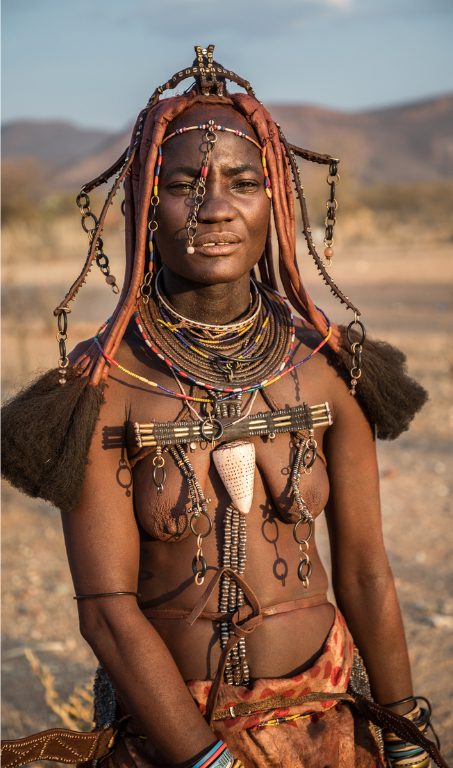
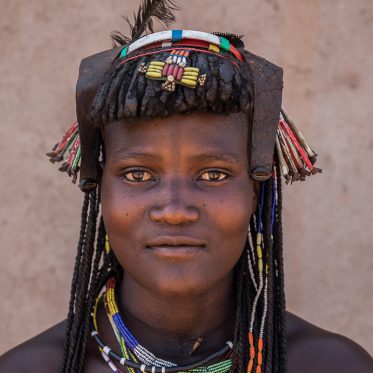
Virgin ecosystems
Virgin ecosystems yet to be explored: Iona Desert (Namib extension) in the south and primary forest in Cabinda. Thousands of kilometers of virgin beaches on the Atlantic coast and the wetlands of Kwando Kuvango, one of the wildest areas in Africa and the mythical place where the Okavango River is born. Endemisms in Mount Moco and in the Kangandala Reserve, refuge of the sable antelope, the national symbol of Angola.

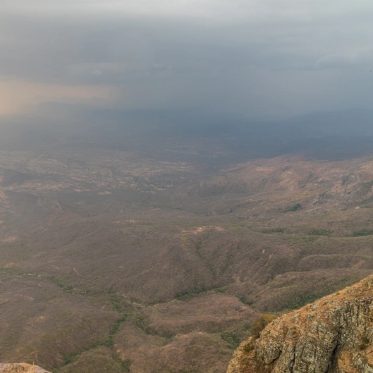
Portuguese colonial heritage and vernacular architecture
The Portuguese were in Angola from 1575 to 1975 and left a cultural legacy of great anthropological and architectural interest. The churches and forts in the Baroque style, the Art Deco buildings of the coastal cities and the ‘modern tropical’ style that lasted from 1945 to 1975 stand out.
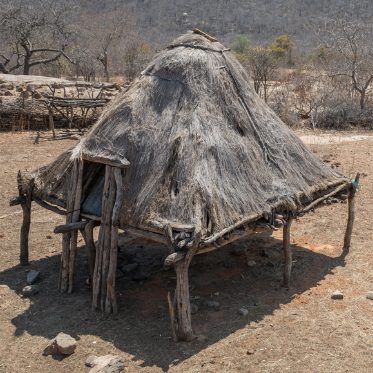

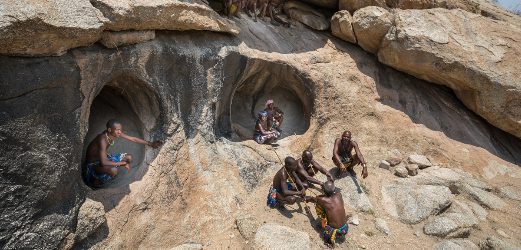
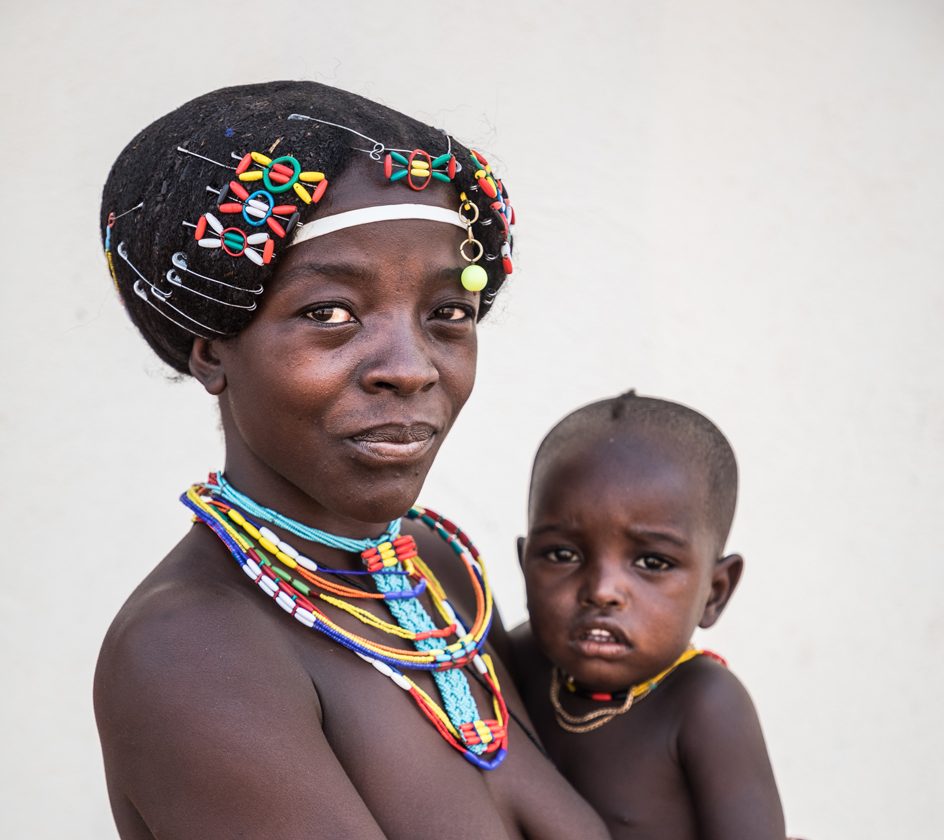
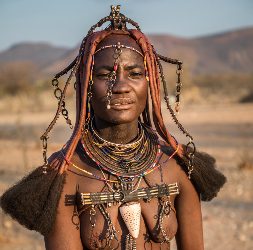
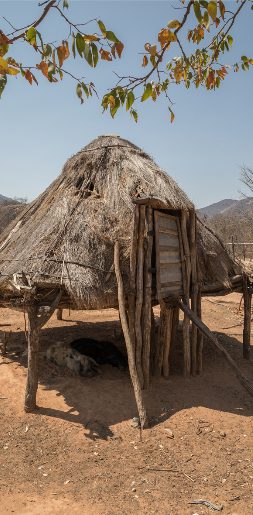
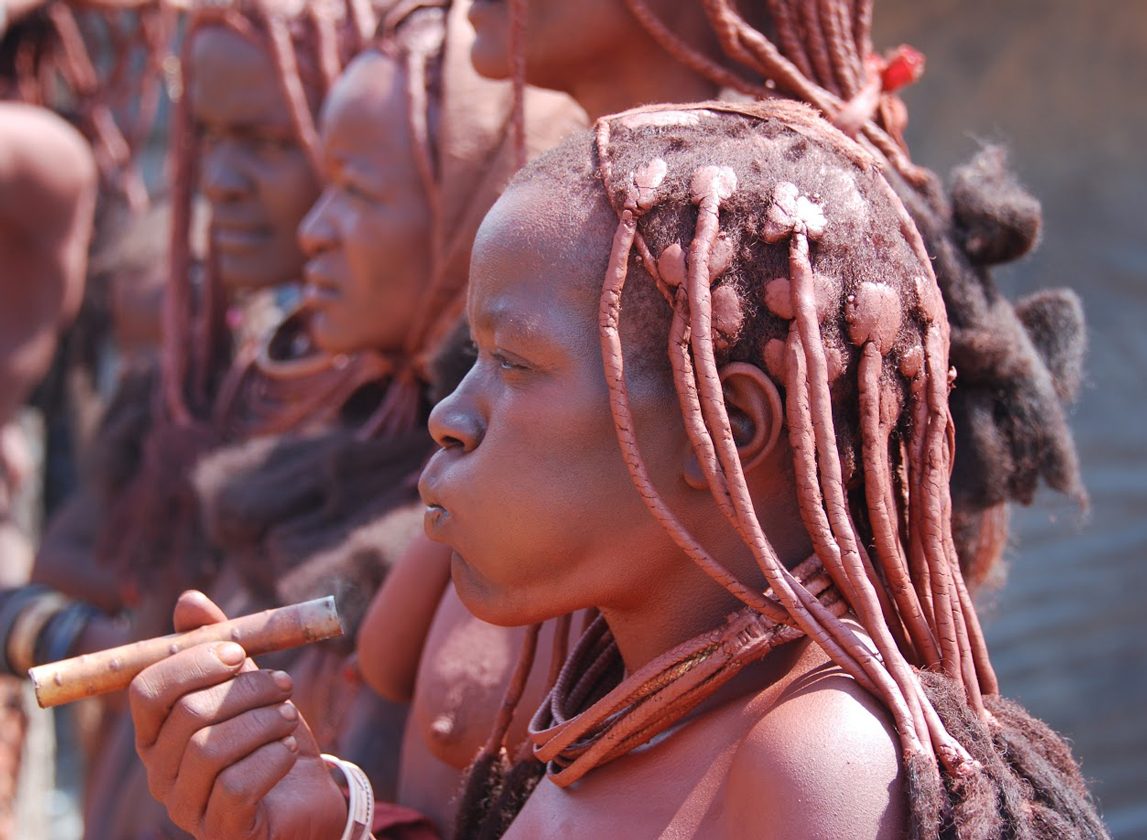


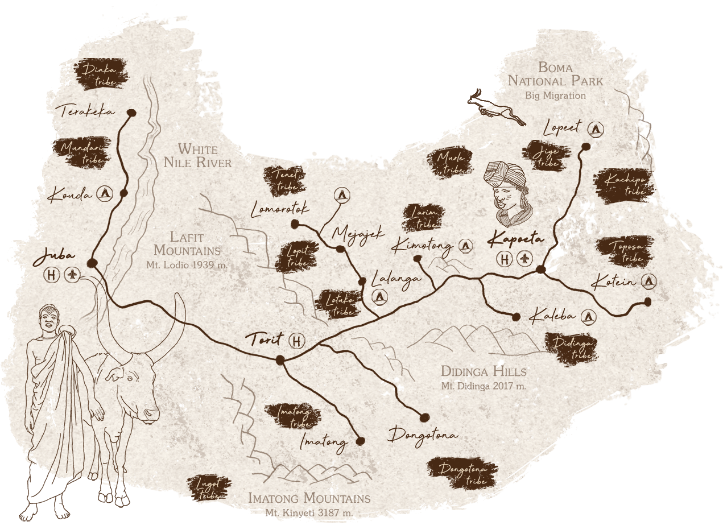

 ES
ES